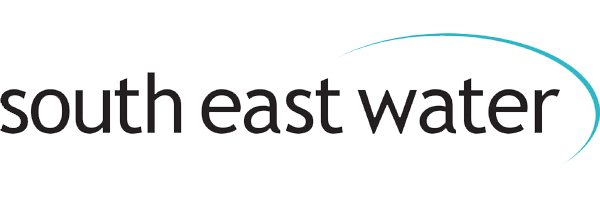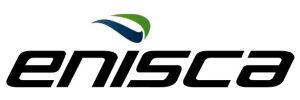Hazards Green WTW – Eel Screens (2019)
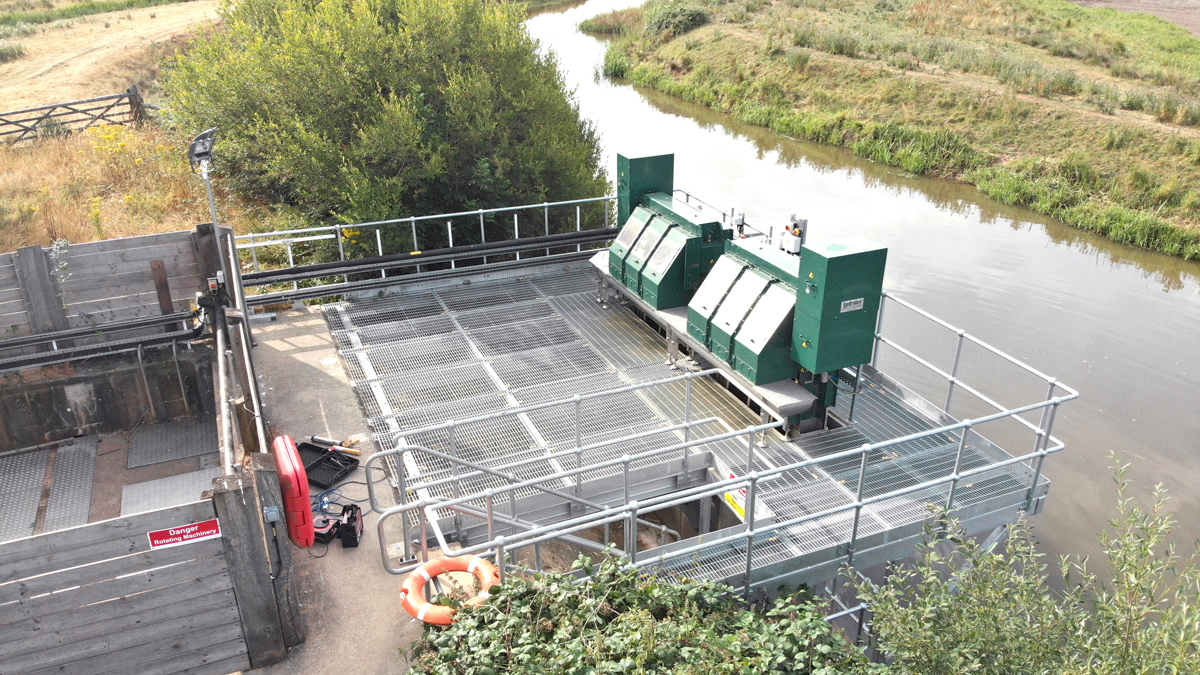
Enisca Ltd
Hazards Green WTW is a South East Water treatment works situated near Ninfield in East Sussex. The works abstracts river water directly from the Wallers Haven and following treatment, supplies a large volume of commercial and domestic customers in the surrounding areas. Prior to this scheme the existing abstraction point had ageing static, coarse trash racks followed by duty/standby band screens to prevent river debris from entering the river pump sump and causing blockages or damage.
Project drivers
The main driver for this project was The Eels (England and Wales) Regulations 2009 which came into force on the 15 January 2010 to support the UK in implementing EC Council Regulation (1100/2007) (The Eels Regulations). The Eels Regulations require the UK to act to halt and reverse the decline of the European eel stock, aiming to meet a target set for the number of mature adult eels leaving each river basin to return to spawn at sea.
In order to meet these requirements, there was a need for South East Water to place screens at any diversion structure capable of abstracting at least 20m3 of water a day, which included Hazards Green WTW.
Undertakings
South East Water’s Engineering Department was tasked with delivering this regulatory project and subsequently engaged in a design and build contract with Enisca Browne under their Lot B Engineering Non-Infrastructure Framework.
Hazards Green WTW Eel Screens – Supply chain
- Client: South East Water
- Principal contractor & installation: Enisca Browne
- Design of MEICA elements: Enisca Ltd
- Design & manufacture of controls & MCC: Motrol
- Design & manufacture of screens: Hydrolox
- Technical Documentation: 3rd Light Media
- Design, manufacture & install of access platform and support structure: Kent Structural & Architectural
- Survey & installation below water line: South Bucks Diving Services Ltd
- Contract crane lift: Coussens Cranes
Early engagement
Fundamental to the framework delivery model was early engagement. South East Water and Enisca Browne are co-located in South East Water’s Head Office in Kent. In this collaborative working environment, the South East Water and Enisca Browne team has successfully managed and delivered the Minor and Intermediate programme of works in AMP6. On receipt of the project brief, the client/contractor team discussed and reviewed the challenges and set about developing high level options to meet the required scope.
Key considerations at this stage were:
- Regulatory compliance.
- Scope and construction methods to timescale and budget constraints.
- That all stakeholders had genuine buy-in to the design and construction proposals.
- That impact to the environment was minimal.
Scope development
The South East Water/Enisca Browne team and external stakeholders, including the Environment Agency, developed and agreed the final scope for the project. A value analysis exercise applied to the more detailed and technical aspects of the projects identifying the design strategy most effective in delivering client value, in terms of desired benefits and cost limitations.
Once the scope had been agreed by all parties the project team approached the specialist supply chain who manufacture screens compliant with the project need. After detailed technical and commercial assessment it was decided that the Hydrolox travelling water screen was the best solution for the project.
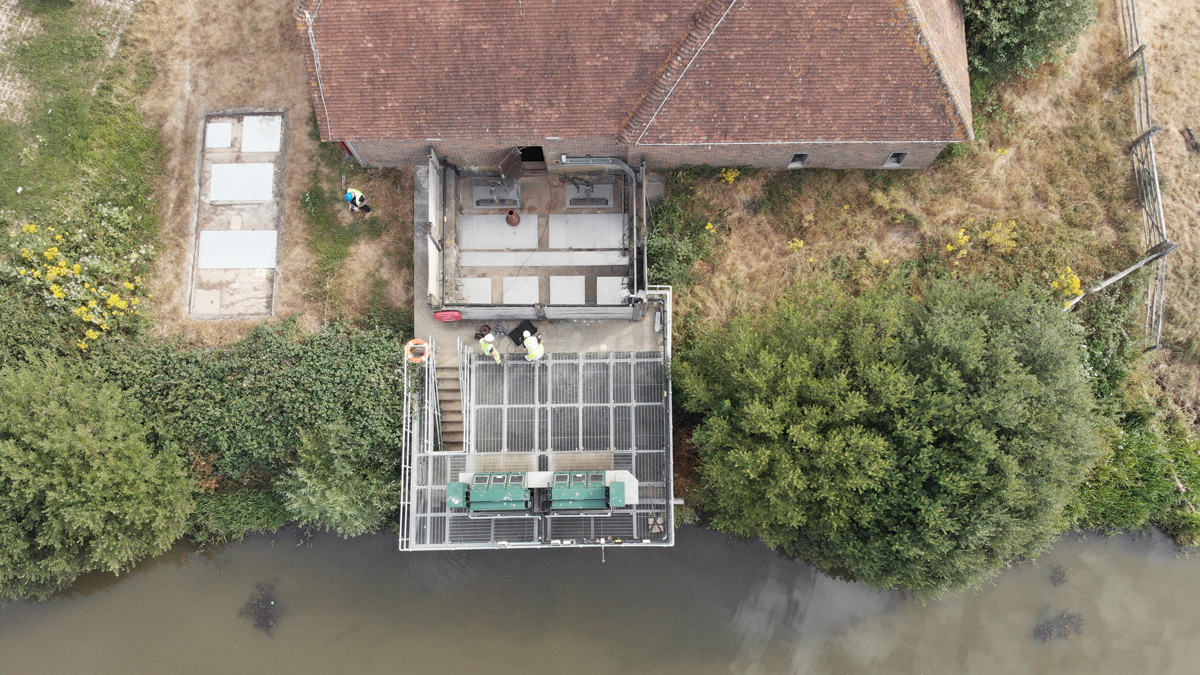
Drone image of screens and access platform – Courtesy of Enisca Browne
Design
The project design focussed on the following:
Screens: The screening arrangement consists of duty/standby vertically mounted screens. The screens themselves consist of a continuous strip of Hydrolox engineered polymer screen material rotating within a steel frame.
The screens are chain driven by a top mounted motor/gearbox and rotate at about five feet per minute in a vertical path over top sprockets, down into the water and around a stainless steel half-pipe at the bottom. Rubber bulb seals between the steel frame and channel walls prevents eels and debris from passing around the screen at the bottom or sides. The screen is washed by a spray bar which forces water through the screen and deposits the detritus removed into a trough which returns to the river downstream of the screens.
Access platform and screen support structure: The required steelwork was designed by Kent Structural & Architectural Ltd (KSA), who Enisca Browne have worked closely with on many projects. The design was developed using 3D technology which gave the end user a good visual aid as to how the final structure would look, as well as making it easy to identify any potential clashes/pinch-points with existing plant. The design ensured that access was available to all parts of the screen requiring routine checks and maintenance.
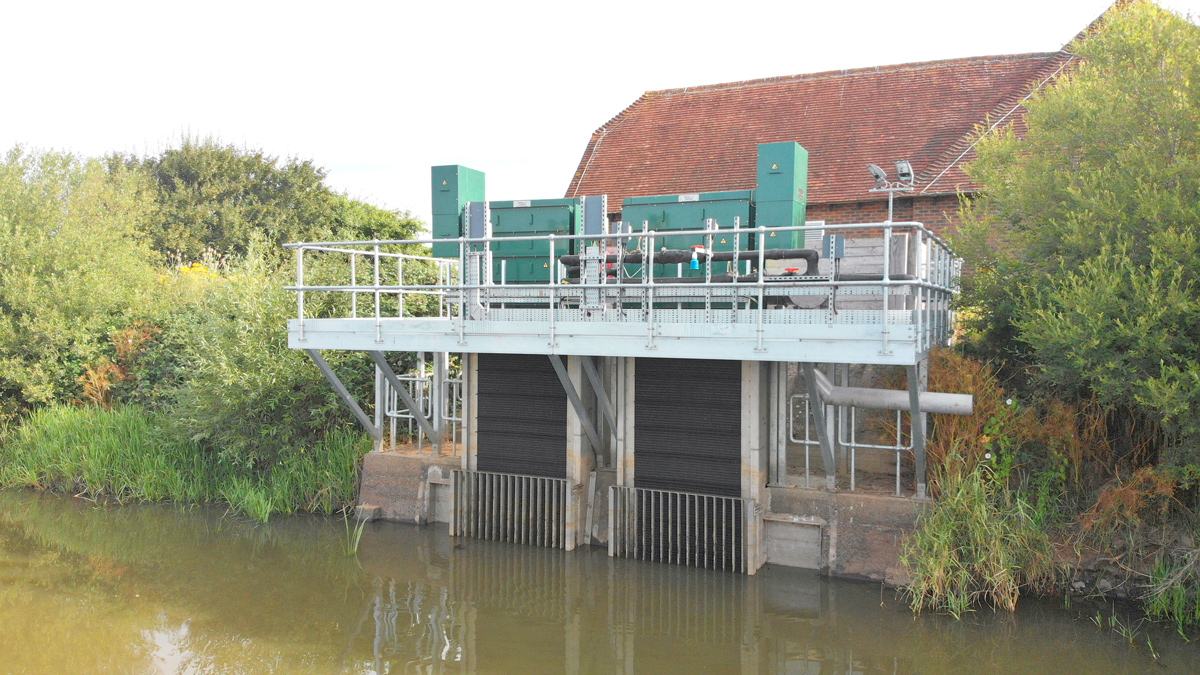
View of screens from river level – Courtesy of Enisca Browne
Screen and washwater MCC and controls: The required control philosophy was developed Enisca Browne’s in-house design team in partnership with the Hydrolox and MCC specialist Motrol Ltd.
The control philosophy ensured that the screens would operate automatically to several different conditions, including level differential (pre and post-screen), time and low temperature as well as an option to operate the screen in hand mode. The washwater system was designed to ensure that water of the correct pressure was always provided to the screen and also incorporated an in-line self-cleaning strainer to prevent blockages to the spray bar.
Installation
Prior to the installation works commencing, Enisca Browne worked with South East Water’s Environmental Team to obtain all necessary environmental permits and assents as the site encroaches on, and is surrounded by, the Pevensey Levels Site of Special Scientific Interest (SSSI), RAMSAR site and Special Area of Conservation (SAC).
Once these were in place, and following design approval and procurement, the access platform and support structures were erected by KSA. Once this was in place the screens were craned into position under a contract lift with a local crane company. Divers were deployed in the river to ensure all fixtures and seals below the water line were correctly installed and secure. The MCC was manufactured by South East Water’s framework panel provider, Motrol, and installed and commissioned along with associated controls and washwater equipment by Enisca Browne’s direct M&E workforce.
Once the new plant was operational the old plant was decommissioned and removed. A key achievement in the installation of the screens was that they were installed with the WTW fully operational with zero down-time or reduction in deployable output at any time.
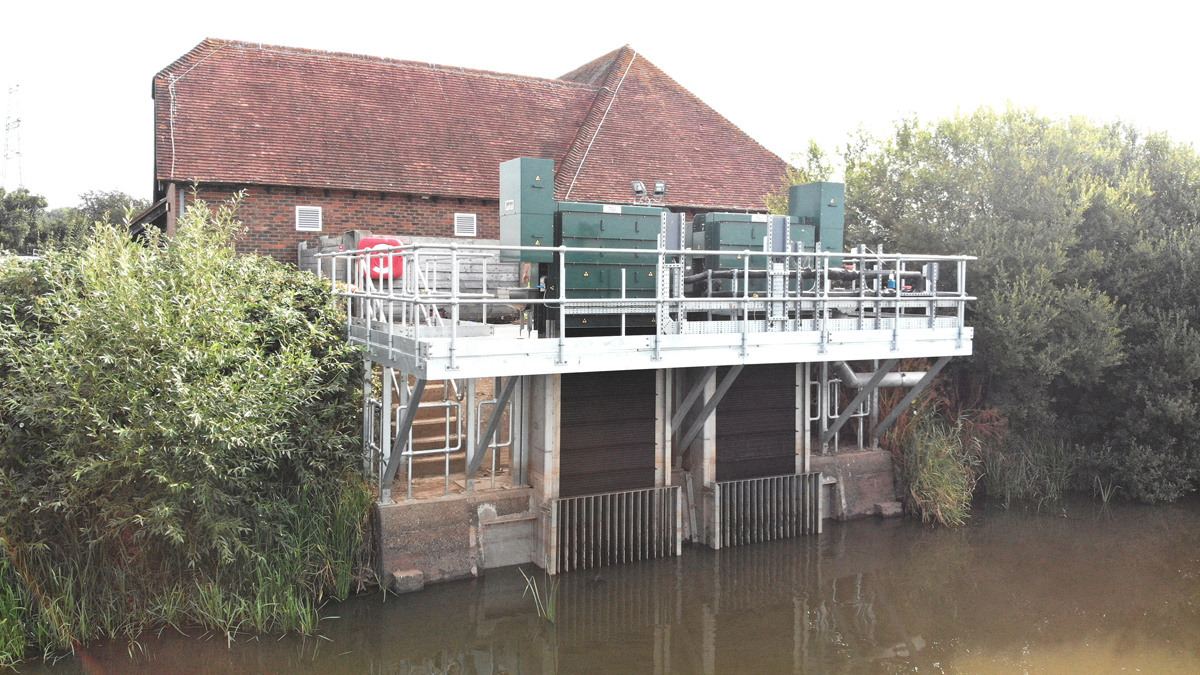
View of screens from river level – Courtesy of Enisca Browne
Project outcome
Through true collaborative working between client, contractor and external stakeholders, the scheme was delivered on time, within project budget and significantly within regulatory time-scales. Enisca Browne is continuing to work with South East Water to deliver further schemes to ensure company wide compliance with the Eels Regulations 2009.


